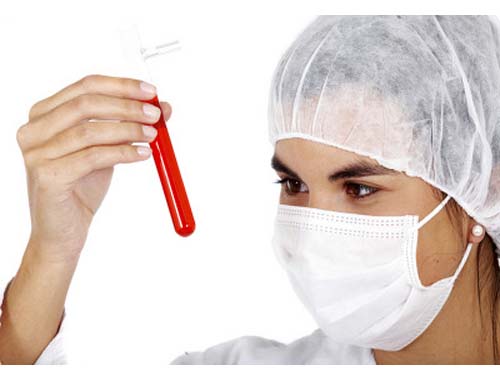Lab test Upper and Lower limits tool
 Published: 18 Aug 2024
Published: 18 Aug 2024
Reference Ranges in Laboratory Testing
In laboratory tests, "reference ranges" define the normal or acceptable values for specific measurements. These ranges consist of the following:
Lower Limit:
* The minimum value considered normal.
* Results below the lower limit may indicate an issue or abnormality.
* Example: For glucose, a lower limit of 70 mg/dL suggests possible hypoglycemia (low blood sugar).
Upper Limit:
* The maximum value considered normal.
* Results exceeding the upper limit may indicate an issue or abnormality.
* Example: For cholesterol, an upper limit of 200 mg/dL suggests possible hypercholesterolemia (high cholesterol).
Context:
* Reference ranges are established based on clinical studies and laboratory norms.
* Variations exist based on factors such as age, sex, and laboratory methods.
* While results outside the limits may not always indicate a health problem, they warrant further investigation.
* Abnormal results should be interpreted considering the patient's overall health, symptoms, and medical history.
Examples:
Complete Blood Count (CBC):
* Hemoglobin: Lower limit of 13.8 g/dL for men and 12.1 g/dL for women. Values below may indicate anemia.
* White Blood Cells (WBC): Upper limit of 11,000 cells per microliter. Values above may indicate infection or inflammation.
Lipid Panel:
* LDL Cholesterol: Upper limit of 100 mg/dL for optimal levels. Values above may increase cardiovascular disease risk.
Key Points:
* Reference ranges may vary between laboratories. Consult the specific ranges provided with the lab report.
* Abnormal results do not automatically indicate a health problem but require evaluation by a healthcare professional to determine their significance and appropriate action.
 Published: 18 Aug 2024
Published: 18 Aug 2024